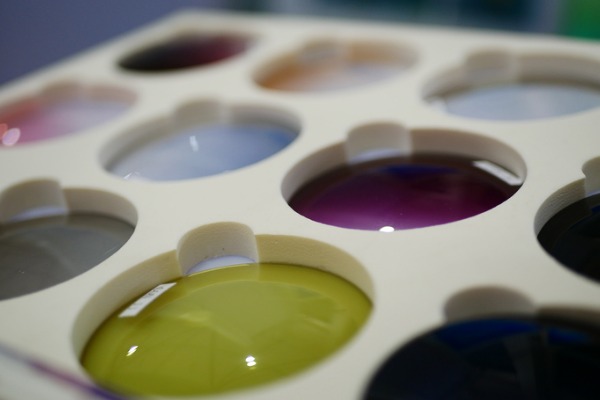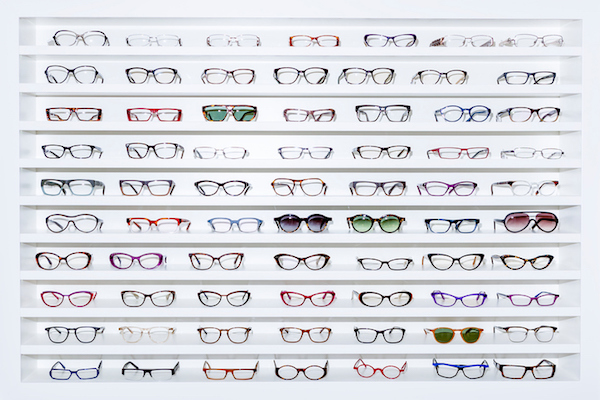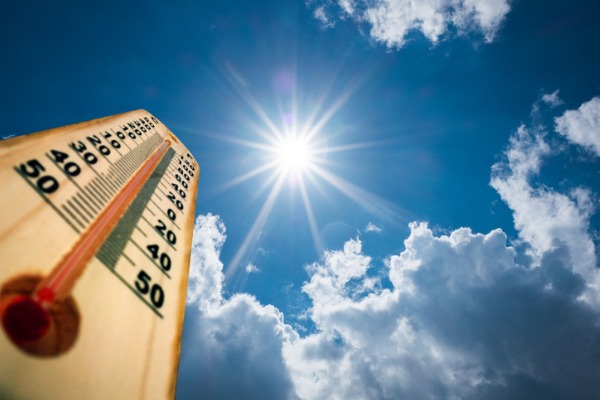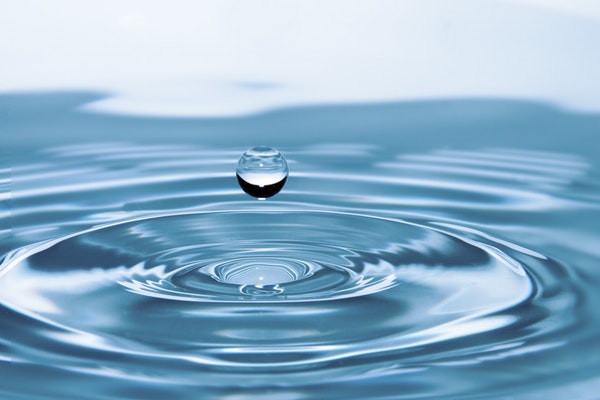
A Quick Guide to Tinted Lenses – (Ophthalmic Tints)
There are plenty of ophthalmic tints (non-clear lenses) available when choosing a pair of eye glasses or sunglasses
These days, there are no shortage of options when it comes to lenses for eye glasses. There’s blue blocking lenses, anti-glares, photochromic lenses and several others. There are plenty of lens options for sunglasses as well, which include gradient lenses, polarized, mirror coated lenses and much more.
But why are there so many different SHADES of glasses and sunglasses? Are there any benefits in using different colors? What do the different tints mean? Should I try something else?
These are all valid questions and the following information about ophthalmic tints (basically any non-clear lens) should clear things up a bit.
Brown (Amber/Orange)
From the outside looking in, brown shades cover enough of the eyes, but also leave some room for mystery. Technically speaking, brown shades are common because they’re well-rounded. They do a bit of everything from reducing light to improving contrast.
Blue (Purple/Plum)
Let’s face it, blue lenses are more of a fashion statement than anything. But they’re also useful for improving color perception, which is helpful for drivers who have trouble distinguishing traffic lights.
Green
Green lenses are known to vastly improve contrast, especially when outdoors and in green areas like golf courses or baseball fields.
Gray
The classic sunglasses tint, gray lenses vary from lighter shades to almost black, which work for those attempting to conceal their eyes altogether. Gray lenses are also recommended for dry eye patients who suffer from increased light sensitivity. They’re useful for patients suffering from concussions as well.
Yellow
Yellow tints seemingly sharpen vision, which helps with driving at night. They also filter blue light, which helps when working at a computer. For patients with cataracts and age-related macular degeneration, yellow tints can assist with reduced vision issues. They’re also useful for patients dealing with early ocular findings as a result of diabetes.
Red (Pink)
If you’re an optimist, a pair of rose-colored glasses tend to make things look a bit better than they really are (that’s a joke). Technically speaking again, redder shades provide more depth and contrast than any other tint and are especially useful for winter sports such as skiing and snowboarding.







